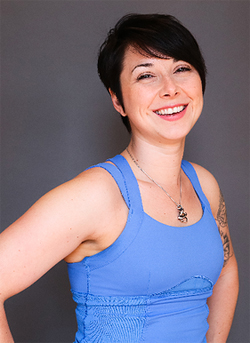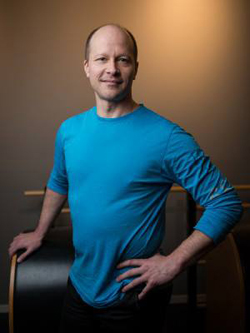The Step-by-Step Guide to Successful Online Marketing for your Pilates Business
Did you know that 94% of consumers research products online before buying? Or that three out of five people use search engines as a go-to shopping and service resource? (official Google statistics)
We live in the tech world where information is available at our fingertips. While word of mouth is still one of the best advertising strategies in the Pilates world it’s not the only one anymore. People are searching for Pilates studios on Google, they are checking out Facebook and Twitter for deals or friend recommendations, they are using directories to find real reviews.
You can’t be sitting on the offline sidelines anymore. Online marketing is the reality of the modern life and it can be quite enjoyable if you have fun with it.
Your clients are more likely to hear about you or find you ONLINE than through any other channel of promotion or advertising.
Online marketing might be another thing that you don’t have the time for, I get it, but you can’t ignore it if you want your business to succeed. Bring more clients through your Pilates doors with these simple tactics.
10 Essential Steps to Create a Steady Flow of Customers to Your Pilates Business in the Web 2.0 World
To make things practical for YOU you will download a Practical Worksheet that will
- help you convert website visitors into customers,
- identify “weak Points” that make you lose potential clients,
- engage your current social media followers and turn them into your clients,
- explain WHY you need a newsletter and HOW to set it up,
- guide you to make your first video (and figure out WHY you need it),
- discover new ways to expose your business to new clients
- and much more






